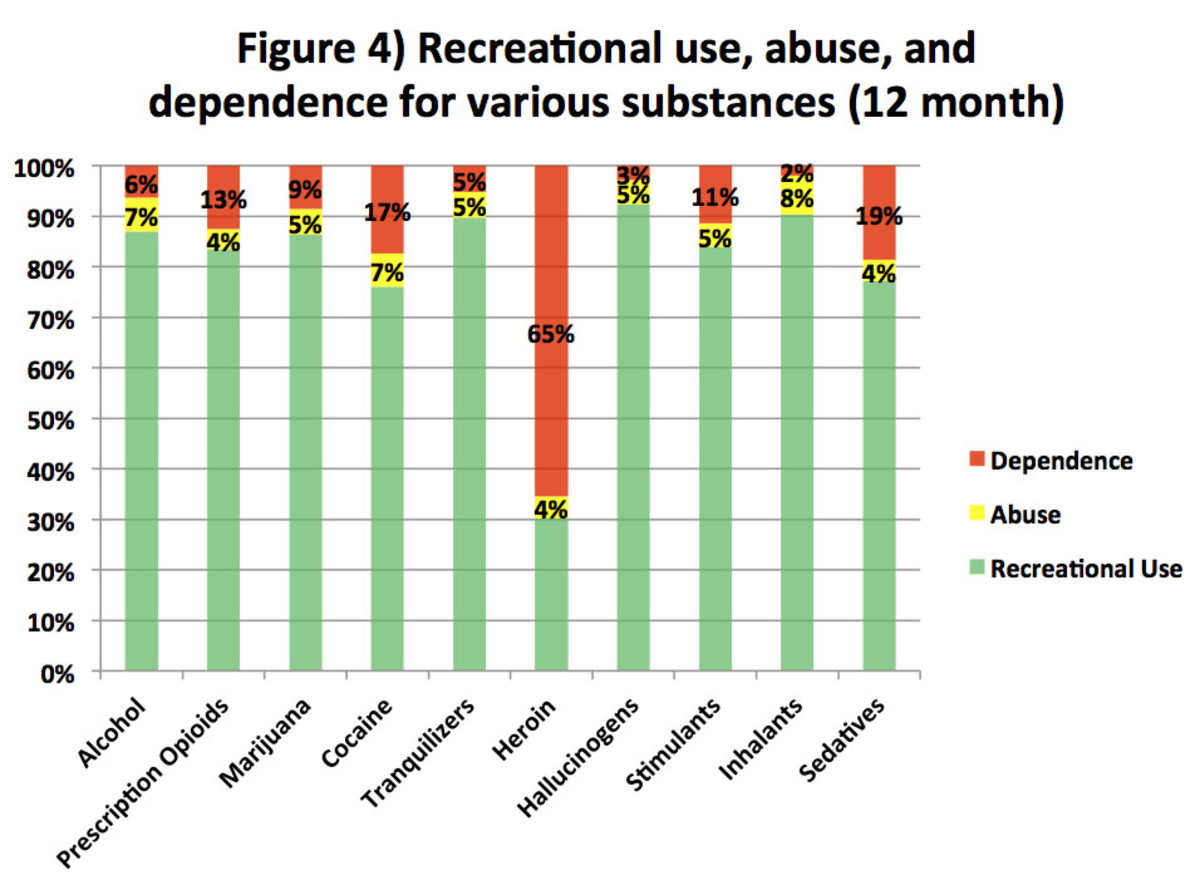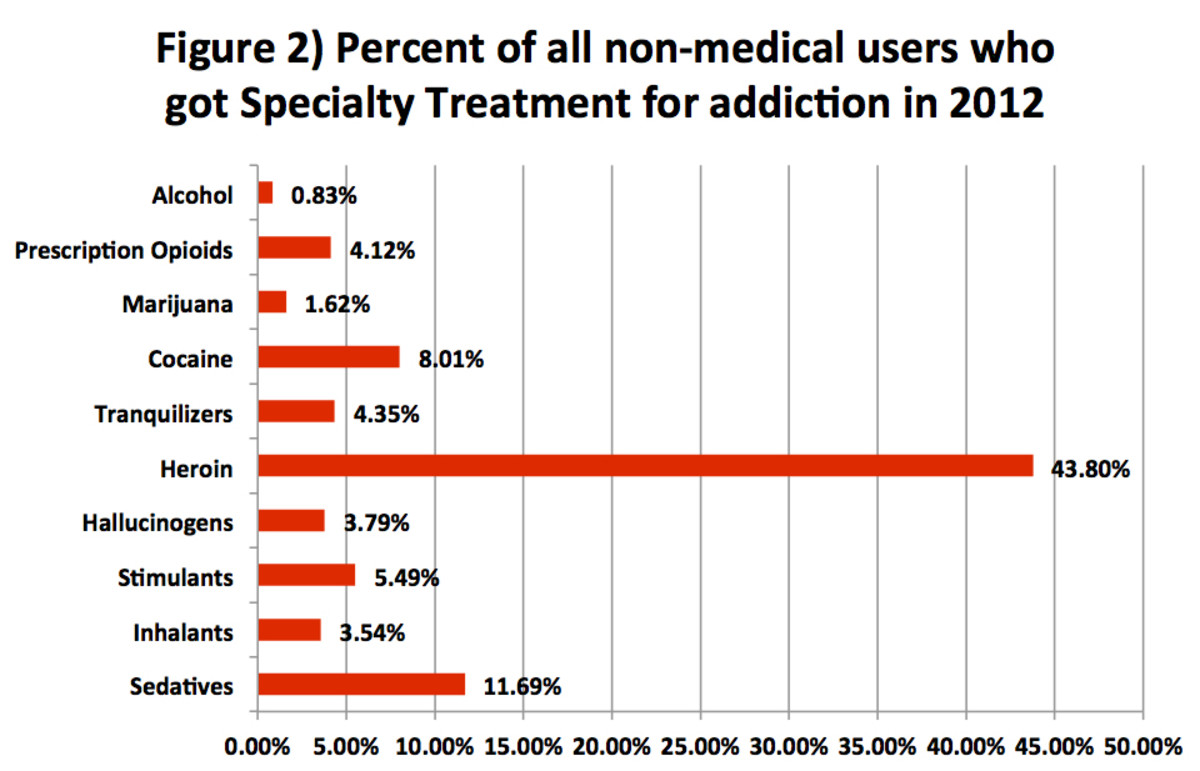
These effects go a long way towards supporting a person’s efforts to maintain abstinence in recovery. In effect, Suboxone treatment offers recovering addicts much needed relief from withdrawal and drug cravings effects, allowing them to feel normal again, according to the National Institute on Drug Abuse. The naloxone ingredient acts as an anti-abuse deterrent by deactivating Suboxone’s effects in the event the drug is snorted or injected. The buprenorphine ingredient works to restore a normal chemical balance in the brain by supporting damaged brain cell functions. Suboxone contains the synthetic opiate, buprenorphine and naltrexone, an antagonist opiate drug. Suboxone, a synthetic opiate drug, produces some of the same effects as other opiate drugs minus the high addiction potential.

Under these conditions, the potential for relapse runs incredibly high as those in recovery are left to endure ongoing withdrawal and drug cravings effects. For people coming off chronic opiate addiction problems, brain cells have undergone considerable damage and often take months or even years to resume normal chemical functions. Opiate Addiction Aftereffects in Recoveryĭuring the course of opiate addiction treatment, the brain is left to pick up where opiate effects leave off, which accounts for the severe withdrawal and overall state of fatigue and depression recovering addicts experience. Before long, this state of chemical imbalance becomes self-sustaining to the point where the brain takes on a new configuration in terms of overall structure and chemical makeup. With long-term opiate abuse, the brain comes to rely on the presence of opiates to function normally. As neurotransmitters flood the brain and central nervous system, they block pain sensations from reaching the brain.Īccording to the Journal of Addiction Science & Clinical Practice, with frequent drug use, opiate interactions cause chemical imbalances to form in the brain. With each dose, opiates force the release of large amounts of neurotransmitter chemicals, most notably dopamine, serotonin and norepinephrine.

Opiate effects start in the brain at individual cell sites. These characteristics account for their pain-relieving properties.

Opiate drugs, such as heroin and prescription pain medications, act as depressants, slowing down chemical processes throughout the body. Long-term opiate abuse causes chemical changes in the brain.


 0 kommentar(er)
0 kommentar(er)
